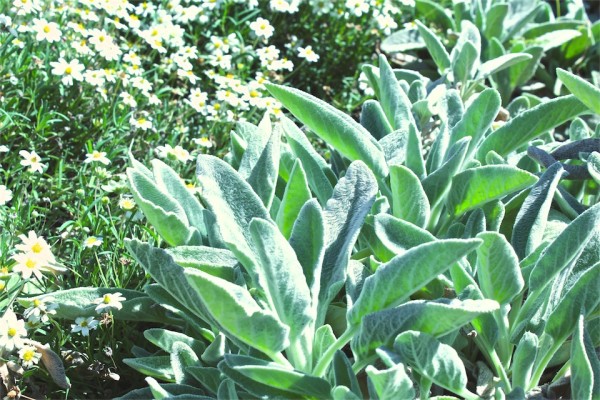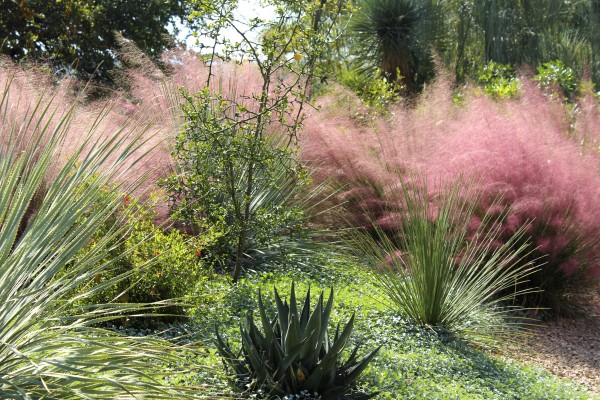May Tip: Add texture to garden with plants, trees, stones

To achieve harmony and add interest to your garden this summer, consider the role of texture in your landscape. Texture is how coarse or fine the surface of plant or hardscape material feels and looks.
A broad range of plant textures will affect the overall balance in your garden, giving it context. Mixing textures is important so you can tell where one plant or area begins and another ends. One of my favorite plant pairings is a large, structural agave next to soft, billowy feather grasses that move with the wind.
Texture also makes a garden more inviting. I never pass by lamb’s ear in a garden without reaching out to touch its soft, velvety leaves, and the gentle rustle of grassed and seed heads is music in the garden.


